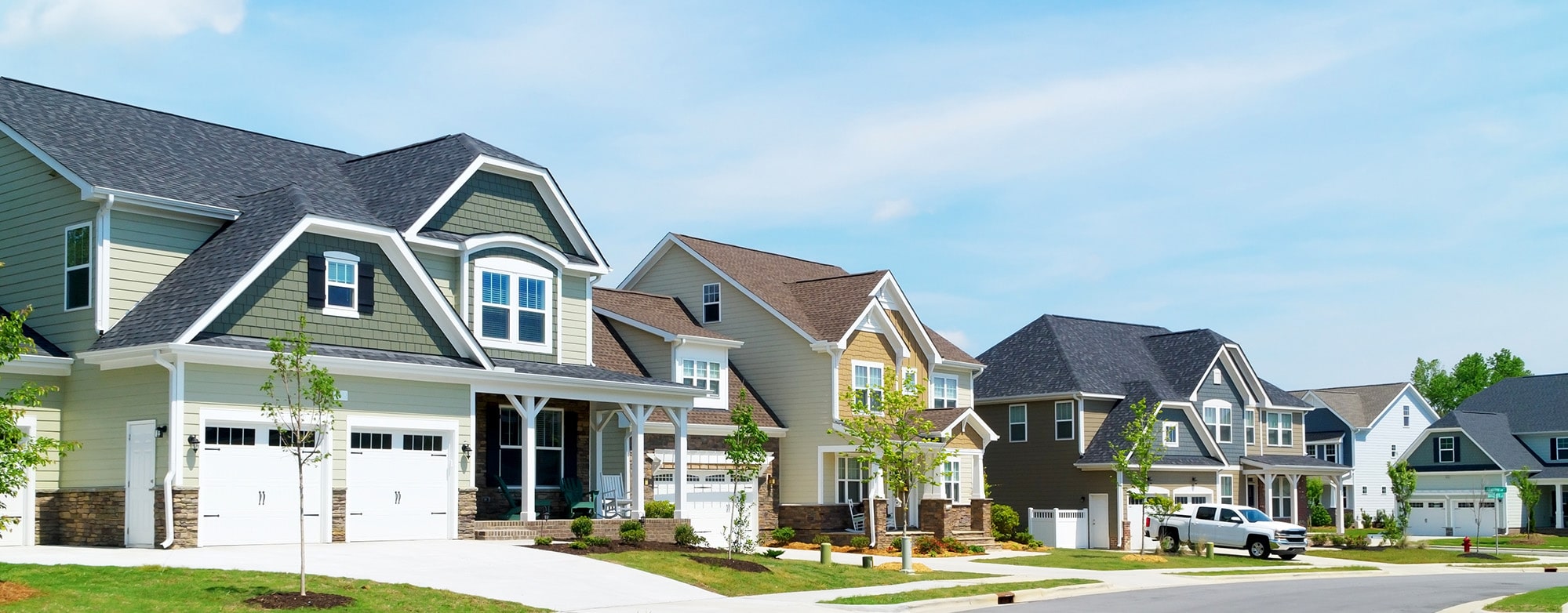Key Takeaways
Regular HVAC and furnace maintenance protects property value, ensures tenant comfort, and reduces long-term repair costs.
Annual inspections should include cleaning, lubrication, electrical safety checks, and carbon monoxide testing.
Landlords can avoid most emergency calls by proactively scheduling seasonal tune-ups.
Understanding when to repair vs. replace a furnace can prevent unnecessary expenses.
Partnering with a property management team like Wolfnest simplifies maintenance coordination and compliance.
For Utah property owners and landlords, few systems are as vital—or as often overlooked—as the furnace and HVAC unit. These systems are the lifeblood of indoor comfort, ensuring tenants stay cozy in the winter and cool in the summer. Yet, without proper care, they can quickly become a source of costly headaches and tenant complaints.
Routine maintenance isn’t just about changing filters—it’s about protecting your investment, maintaining energy efficiency, and extending the lifespan of your equipment. In this guide, we’ll explore what modern furnace and HVAC maintenance entails, how landlords can prepare for seasonal inspections, and when it’s time to make that big decision: repair or replace.
The Real Purpose of HVAC Maintenance
Landlords often view HVAC tune-ups as optional, but they’re a crucial part of preventative property management. Regular servicing keeps systems running efficiently, reduces energy waste, and minimizes the risk of emergency calls in the middle of a Utah snowstorm.
A well-maintained system can use up to 25% less energy than one clogged with debris and dust. That means lower utility bills for tenants and fewer complaints about uneven heating or poor air circulation.
Even more importantly, professional HVAC maintenance includes safety inspections—especially carbon monoxide testing, which is critical in gas-powered furnaces. A minor crack in the heat exchanger can pose serious health risks if left unchecked.
What to Expect During a Maintenance Visit
While every technician may have a slightly different checklist, most furnace and HVAC maintenance visits include:
System Inspection – Checking for corrosion, leaks, and damage in ducts or coils.
Filter Replacement – Dirty filters are replaced or cleaned to restore airflow.
Thermostat Calibration – Ensuring the thermostat reads and regulates temperature correctly.
Component Cleaning – Blower, burners, and coils are cleaned to improve system efficiency.
Electrical Testing – Technicians inspect wiring and measure voltage to prevent short circuits.
Lubrication – Moving parts like motors and fans are lubricated to reduce wear.
Refrigerant Level Check – For HVAC systems with cooling functions, proper refrigerant ensures optimal performance.
Carbon Monoxide Testing – Essential for detecting leaks and ensuring tenant safety.
Performance Test – The technician runs the system to confirm efficiency and temperature accuracy.
Why Preventive Maintenance Saves Landlords Money
Emergency repairs rarely come cheap—especially when they happen on a weekend. According to the Rental Housing Association of Washington, many of the most frequent service calls landlords receive can be traced back to skipped or delayed maintenance.
For example, clogged filters, blocked vents, and neglected coils can lead to system strain and eventual component failure. What could have been a $100 maintenance visit often turns into a $1,000 repair bill.
Preventive maintenance also extends the life of your HVAC system. The average furnace lasts about 15–20 years, but neglect can shave years off that lifespan. For investors with multiple rental units, the difference between timely upkeep and neglect can mean thousands of dollars in replacement costs over time.
Repair or Replace? Knowing When to Make the Call
Even with diligent maintenance, every furnace eventually reaches a point of no return. But deciding when to repair or replace can be tricky.
A helpful example comes from Western Heating, Air & Plumbing—in a real-world case study, the homeowner weighed the cost of repeated repairs against upgrading to a newer, more efficient system. The conclusion? Sometimes replacing an outdated furnace can save more in long-term energy costs and reliability than continuing to patch it up.
Here are a few key signs replacement might be the smarter option:
Frequent Repairs – If repair costs exceed 50% of the unit’s value.
Rising Energy Bills – Aging systems lose efficiency even with regular servicing.
Uneven Temperatures – Indicates poor airflow or failing components.
Noise and Odors – Unusual rattling or burning smells can be warning signs of serious issues.
System Age – Beyond 15 years, replacement often becomes more economical.
Landlords can use this decision-making framework to balance short-term repair costs with long-term property value and tenant satisfaction.
Preparing Your Property for Maintenance Visits
Proactive preparation helps technicians work efficiently and ensures tenants aren’t caught off guard. Consider the following:
Notify Tenants in Advance: Give adequate notice of maintenance appointments and explain the importance of the service.
Ensure Clear Access: Ask tenants to keep areas around HVAC units free of boxes or furniture.
Request Feedback: Encourage tenants to report issues like inconsistent heating or odd noises before the technician arrives.
Review Technician Reports: After each visit, review notes to track wear patterns and plan for potential replacements.
This collaborative approach keeps everyone informed and builds tenant confidence in your property’s upkeep.
Seasonal Maintenance Tips for Utah Properties
Utah’s distinct seasons require HVAC systems to perform year-round. Consider these regional best practices:
Before Winter: Schedule furnace maintenance early in fall to address issues before the first freeze.
Before Summer: Clean or replace air conditioner filters and check refrigerant levels
During Spring/Fall: Test thermostats and recalibrate settings to align with fluctuating temperatures.
Year-Round: Keep vents unobstructed and outdoor units clear of debris or snow buildup.
A property management partner like Wolfnest ensures these tasks are handled seamlessly, helping landlords maintain efficiency while keeping tenants happy.
FAQs
1. How often should HVAC and furnace systems be serviced?
At least once a year, ideally in the fall before winter. Properties with heavy heating or cooling usage may need semi-annual checkups.
2. What should I do if my tenant reports uneven heating?
Request a technician inspection—uneven heating can stem from clogged filters, duct leaks, or poor airflow calibration.
3. Can tenants handle filter replacements themselves?
Yes, many landlords allow tenants to replace filters monthly, but it should always be stated in the lease agreement.
4. What’s the average cost of HVAC maintenance in Utah?
Basic maintenance visits typically range from $100–$200, depending on the system’s size and condition.
5. How can Wolfnest help landlords with HVAC maintenance?
Wolfnest coordinates seasonal inspections, manages repair vendors, and tracks maintenance history—ensuring your systems stay compliant, efficient, and tenant-ready.
Final Thoughts
Furnace and HVAC maintenance isn’t just a technical task—it’s a vital part of responsible property ownership. Regular checkups protect your investment, improve energy performance, and create safer, more comfortable homes for tenants.
At Wolfnest, we take the stress out of property maintenance by coordinating professional HVAC services, ensuring every system in your portfolio runs at peak performance.
🔗 Ready to simplify your property management?
Explore our full range of services here.
Summarize this content with AI:
Chat GPTGrok
Perplexity
Claude.ai


